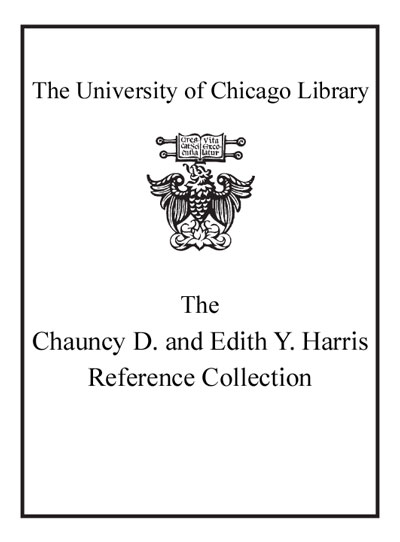Review by Choice Review
The "American Generations" series comprises four volumes, each of which provides an "in-depth look at the demographic and lifestyle data most important for researchers who want to understand how each generation is changing and what to expect from them in the future." These New Strategist titles are available as paperbacks and hardbacks, and as PDFs in conjunction with the books' data tables. The seventh edition of The Baby Boom (4th ed., CH, Feb'05, 42-3175b) addresses "the changing socioeconomic status of this important generation of Americans." The seventh edition of Generation X (4th ed., CH, Feb'05, 42-3175a) discusses the smaller but important generation of people ages 36-47. The seventh edition of Older Americans (4th ed., CH, Feb'05, 42-3175c) presents the latest statistics about adults who are 55 and older. The fifth edition of The Millennials (2nd ed., CH, Feb'05, 42-3175) covers adults 18 to 35.All four volumes provide data analysis for the same 11 areas, which constitute chapters within each book titled "Attitudes," "Education," "Health," "Housing," "Income," "Labor Force," "Living Arrangements," "Population," "Spending," "Time Use," and "Wealth." Each chapter offers an opening page of highlights for a specific area; each volume includes a table of contents, a comprehensive list of tables, a glossary, a bibliography, and an index. The Millennials also features a special supplement on children and their families. There are a few published reference works that present comparable data; unlike the four volumes in this series, they are generally single volumes such as Grey House Publishing's Older Americans Information Directory (9th ed., 2012; 6th ed., CH, May'07, 44-4770). Finding comparable data analysis for the four groups included in the "American Generations" series would necessitate searching numerous websites or databases. Accordingly, this series is an important reference tool for demographic information. Summing Up: Recommended. Lower-level undergraduates through graduate students; general readers. D. L. Luce independent scholar
Copyright American Library Association, used with permission.
Review by Library Journal Review
Each of these volumes provides a portrait of one generation by presenting copious amounts of demographic data, mainly in tables and graphs with brief narratives interspersed. The data are divided into 11 categories-attitudes, education, health, housing, income, labor force, living arrangements, population, spending, time use, and wealth-with a chapter dedicated to each.ÅIn addition, Millenials relates the same measures concerning the iGeneration (those born in 1995 or later). Most of the raw statistical information is culled from government sources (the Census Bureau, the Bureau of Labor Statistics, the National Center for Health Statistics, the Federal Reserve Board, etc.); its user-friendly presentation facilitates the recognition of trends and patterns across and among the generations up to 2010.ÅTimely topics such as the mortgage crisis, health insurance, and education choices are highlights of the books. VERDICT Ideal for anyone interested in comparing and contrasting generational demographics and analyzing age-related trends, and particularly useful to those conducting market-research projects.--Jennifer Michaelson, Cleveland (c) Copyright 2012. Library Journals LLC, a wholly owned subsidiary of Media Source, Inc. No redistribution permitted.
(c) Copyright Library Journals LLC, a wholly owned subsidiary of Media Source, Inc. No redistribution permitted.
Review by Choice Review
Review by Library Journal Review

